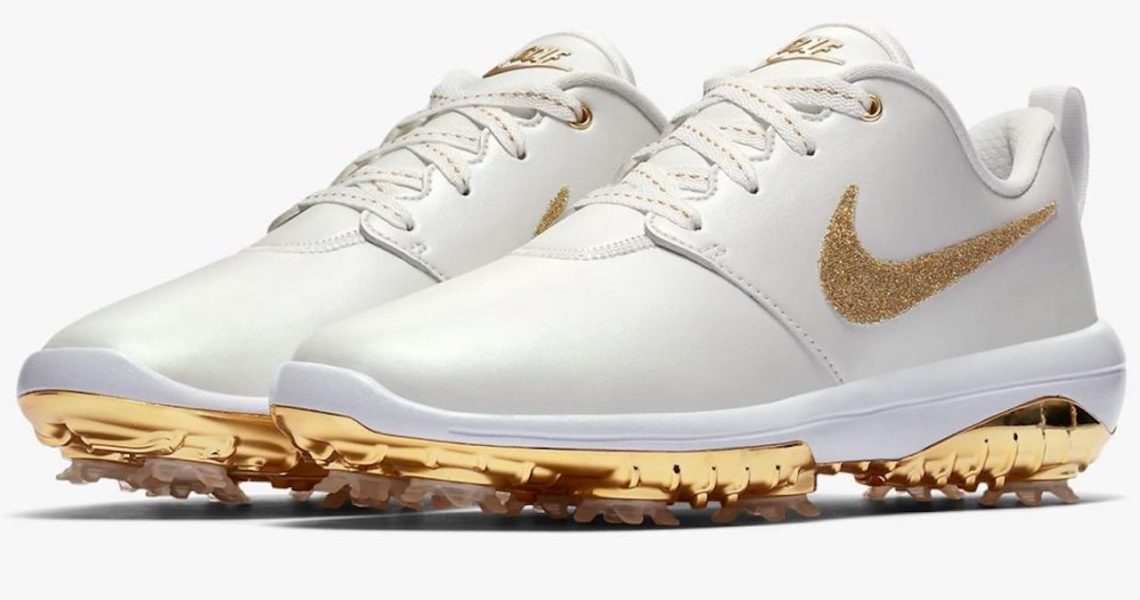What do Nike, Skims, Yeezy, Carhartt and North Face have in common? A few years ago, the answer might have been “very little.” Now, despite all being relatively affordably priced, there’s a strong argument that they’re also luxury brands.
For many years, “luxury” has been synonymous with “expensive.” But increasingly, on the real and virtual shelves of luxury retailers and in the coverage of luxury-focused publications, the meaning is expanding to include brands at diverse price points and categories.
Brands like Nike, which is reasonably priced and far more affordable than most luxury brands, have been promoted to luxury status thanks to retailers like Farfetch and MatchesFashion, which serve as gatekeepers for what qualifies as “luxury.” Farfetch sells a simple $40 Nike T-shirt alongside a $615 shirt from Balenciaga, for example. On Net-a-Porter, a $58 dress from Skims is sold alongside a $1,395 dress from Isabel Marant.
“Nike is not a luxury brand, but it’s worn with luxury outfits,” said Nick Woodhouse, president and CMO of Authentic Brands Group. “I sometimes use the term superbrands to describe companies like Nike, [ABG-owned] Reebok or Coca-Cola. They have permission to play everywhere, with every demographic and every psychographic. Some brands just have that universal appeal.”
But there are some notable distinctions between how these brands sell to luxury audiences compared to their core customers. Many of these luxury-crossover brands have a separate line or collection — like Adidas with Adidas Originals — that sells only at luxury retailers or direct, while their more mainstream clothes are sold elsewhere. Usually, the more luxury-friendly products will be priced higher. For example, Nike’s Off-White Jordan 1 sneaker retails for $190 and resells at significantly higher prices, while the standard Jordan 1 is only $110.
Most of the Adidas sneakers available on Farfetch are limited-edition collaborations, like the shoes it released with luxury designer Craig Green. Comparatively, there are far fewer baseline models of its popular sneakers, like the Ultraboost, sold on the site. They’re more commonly sold directly through Adidas or through more mainstream retailers like Foot Locker.
“Most assortments at luxury retailers are driven by style more than function,” said Kim Nguyen, global head of distributed commerce at digital marketing agency Huge. “Brands like Nike and North Face have divided their assortment to drive desirability at the highest level, retailing only limited-edition colorways, special collaborations or lifestyle lines at these retailers.”
Ad position: web_incontent_pos1
Becoming a luxury-adjacent brand has elevated some to new heights, reviving interest in brands like Champion and Carhartt and bringing them to a new, and very lucrative audience. So it’s an appealing move, but it’s hard to make it happen on purpose.
Russell Athletic attempted to force the same crossover move as Champion in 2019 without the same success. But in January, vintage Russell hoodies started to gain attention organically on eBay without any input from the brand, seeing a 350% rise in searches and a 190% increase in sales.
So what causes everyday brands to get promoted to luxury status? There are several reasons. Undeniably, the ongoing casualization of fashion has driven people to embrace more athletic or athleisure brands outside of the gym.
“The consumer has become more casual, and the luxury customer is looking for a brand that matches their taste level,” said Kimberly Carney, CEO of B2B fashion marketplace FashWire. “Especially during the pandemic, the consumer adjusted their live-work-play wardrobe. Luxury will continue to capitalize on the success of the sporting giants and do more in this category.”
But exclusivity still has to be a part of it, as evidenced by streetwear’s central role in elevating many non-luxury brands to luxury status. The exclusivity of limited-edition drops scratches the same itch that the exclusivity of high prices does. If part of the appeal of luxury is that not everybody has it, then an inexpensive but rare pair of sneakers is just as good as a readily availably but prohibitively priced handbag.
Ad position: web_incontent_pos2
“Luxury has never been solely about price, it’s always been about access,” Nguyen said. “Price is certainly one way to achieve that. However, brands like Nike and Yeezy have been leveraging scarcity to deliver a similar sense of desire and status signaling. Scarcity works as a mental shortcut. We place a higher value on things perceived to be rare, and a lower value on things that seem abundant.”
Notably, there was a modest but noticeable drop in interest in Yeezy back in 2019 after the brand increased supply to make Yeezy sneakers more widely available. For a segment of its core customers, the fact that the shoes weren’t common was a selling point.
According to a spokesperson from Vestiaire Collective, the perceived resale value of a brand can also play a role in how “luxury” it might be. The French resale site bills itself as luxury-focused, but it carries a variety of luxury-adjacent brands like Asics and Pangaia.
Luxury brands themselves have also helped confer luxury status on non-luxury brands, Nguyen said. She pointed to data from StockX showing a 200% increase in collaborations between luxury brands and streetwear brands between 2019 and 2021. Some notable examples are Gucci x North Face and On Running x Loewe. According to Nguyen, both luxury and non-luxury brands have benefitted from the loosening of distinctions between them.
“While lifestyle brands benefit from the aspirational glow, luxury brands also get a chance to reach new audiences and gain the sense of relevance so often craved by longtime maisons,” Nguyen said.




